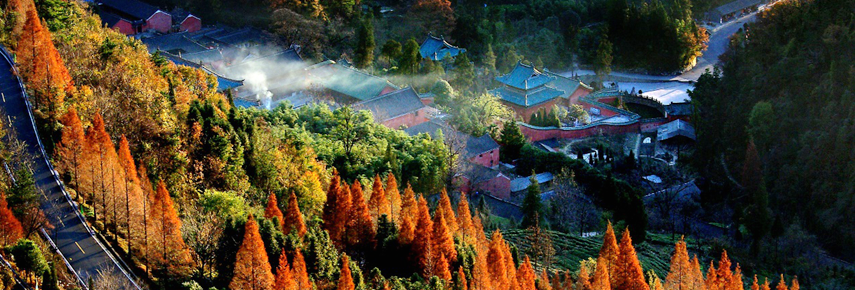
Mount Wudang Scenic Area in Shiyan City, Hubei,China
Located in Shiyan City, Hubei Province, the Mount Wudang Scenic Area is a Taoist sacred site. In recent years, the Scenic Area, in pursuit of all-for-one tourism, have made continuous efforts to help the area fight against poverty by integrating culture, tourism and agriculture, building “beautiful countryside” and advancing rural revitalization. It worked proactively to guide market entities to set up shop and develop tourism in the villages. It pushed for land transfer and the building of infrastructure. A number of key projects were completed, including high quality homestays built with Wudang Mountain culture characteristics, such as Fudiju (Blessed-land House), Yinxianbieyuan (Invisible Immortal Courtyard), Lingshanju (Lingshan Mountain House), Xianshanju (Immortal Mountain House) and Benlai Homestay, as well as rural tourism demo zones, such as the Langmeixigu (Plum and Stream Valley), Yuanhe Temple Village, Baxianguan (Eight Immortals Temple) Village and Zixiao (Purple Cloud) Village tourism demo zones. Multiple measures were employed to give full play to the leading role of tourism, including brand promoting, the use of policy incentives, targeted marketing, capital injection, benchmarking, private business cooperation and integration of culture with tourism. Work was also carried out to optimize the the structure of the tourism industry, extend the industry value chain, develop more tourism products to enhance tourist experiences and vigorous efforts were taken to further the structural reform of the industry’s supply side as well as the transformation and upgrading of the all-for-one tourism industry in the Mount Wudang scenic area. At present, there are 62 recuperation homestays in scenic area with 590 rooms and 1082 beds.
Photos
-
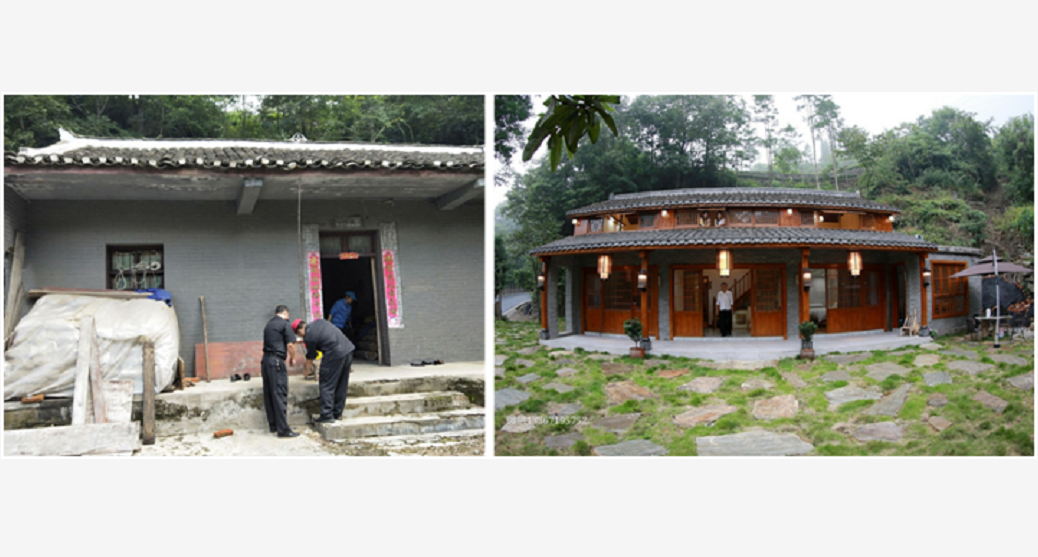 Lingshanju before and after renovation
Lingshanju before and after renovation
-
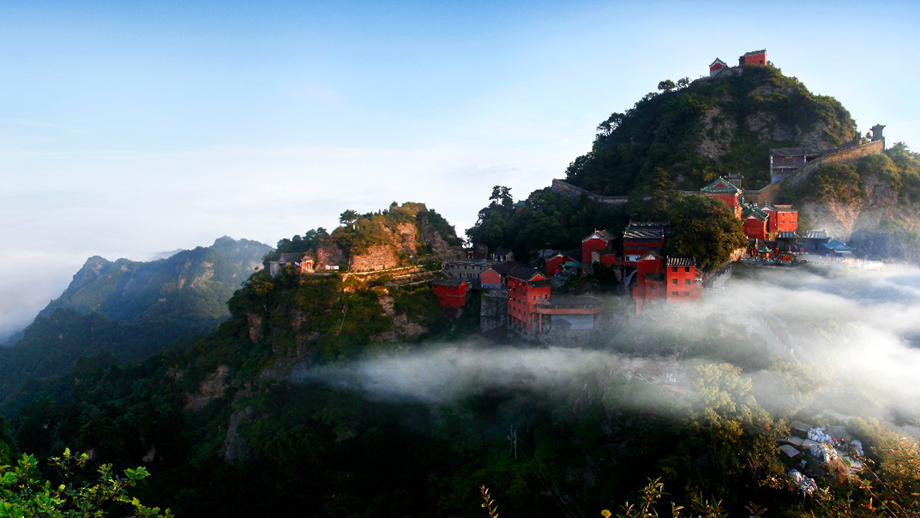 Panorama of Wudang Immortal Mountain Photo by Liu Guosheng
Panorama of Wudang Immortal Mountain Photo by Liu Guosheng
-
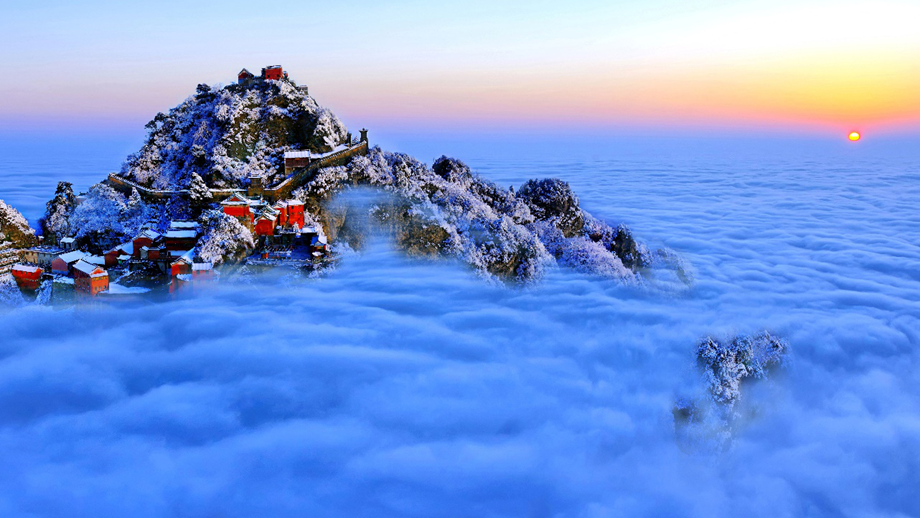 Tranquility above the clouds Photo by Lu Guoqing
Tranquility above the clouds Photo by Lu Guoqing
-
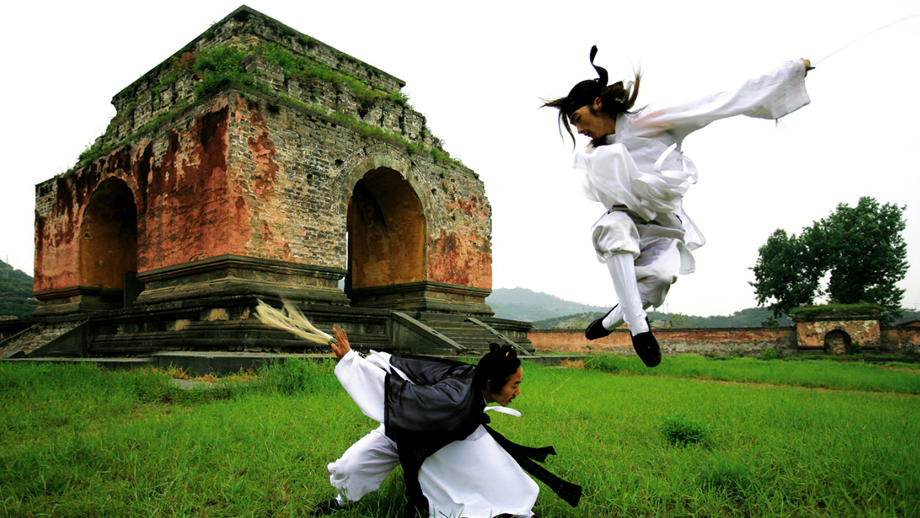 Lightning moves Photo by Yang Guangzhi
Lightning moves Photo by Yang Guangzhi
-
 Baxianguan villagers plucking tea at the picturesque tea mountain
Baxianguan villagers plucking tea at the picturesque tea mountain
-
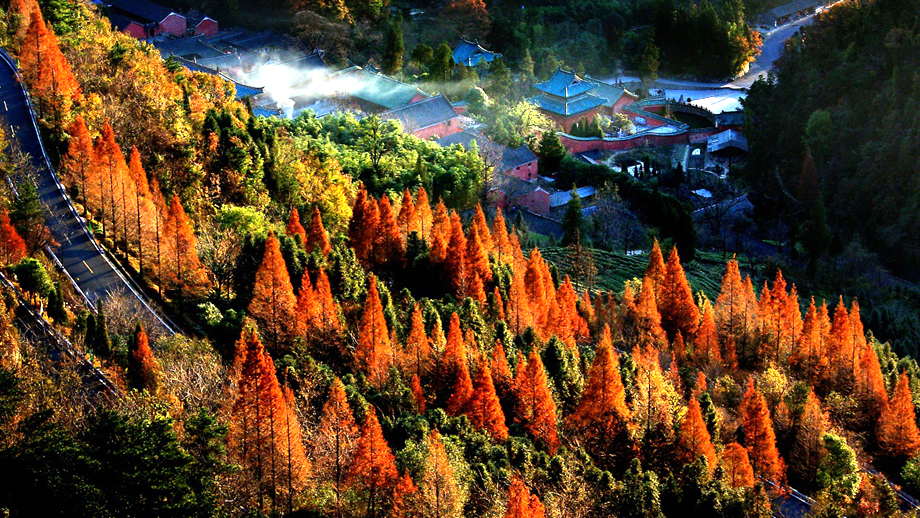 Zixiao Village amid autumn colors
Zixiao Village amid autumn colors
Scenic Spots in Surrounding Areas
-
 Hubei Province 1.Shennongjia Forestry Distric 2.Yellow Crane Tower 3.East Lake
Hubei Province 1.Shennongjia Forestry Distric 2.Yellow Crane Tower 3.East Lake
-
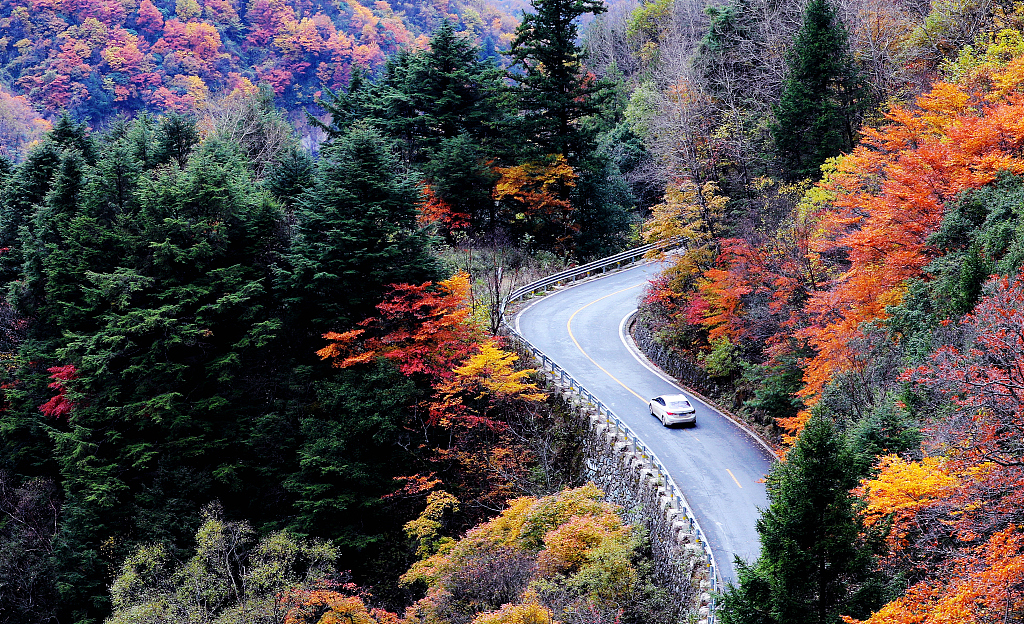 Shennongjia Forestry District, located in northwestern Hubei Province, is named after the legendary Chinese ancestral figure Shennong who is known to have personally tasted hundreds of herbs to save people’s lives. It is the first site in China that has been placed under protection by three major global institutions -- UNESCO Man and the Biosphere (MAB) Program, the Global Geopark Network and UNESCO World Heritage Center.
Shennongjia Forestry District, located in northwestern Hubei Province, is named after the legendary Chinese ancestral figure Shennong who is known to have personally tasted hundreds of herbs to save people’s lives. It is the first site in China that has been placed under protection by three major global institutions -- UNESCO Man and the Biosphere (MAB) Program, the Global Geopark Network and UNESCO World Heritage Center.
-
 Yellow Crane Tower, located in Wuchang by the Yangtze River and adjacent to the Yangtze River Bridge. Hailed as “the number one tower under heaven”, it is one of the “three famous towers south of the Yangtze River” and a symbol of Wuhan City. It is also one of the “three famous scenic spots in Wuhan” alongside Qingchuan Pavilion and Guqin (ancient zither-like instrument) Terrace.
Yellow Crane Tower, located in Wuchang by the Yangtze River and adjacent to the Yangtze River Bridge. Hailed as “the number one tower under heaven”, it is one of the “three famous towers south of the Yangtze River” and a symbol of Wuhan City. It is also one of the “three famous scenic spots in Wuhan” alongside Qingchuan Pavilion and Guqin (ancient zither-like instrument) Terrace.
-
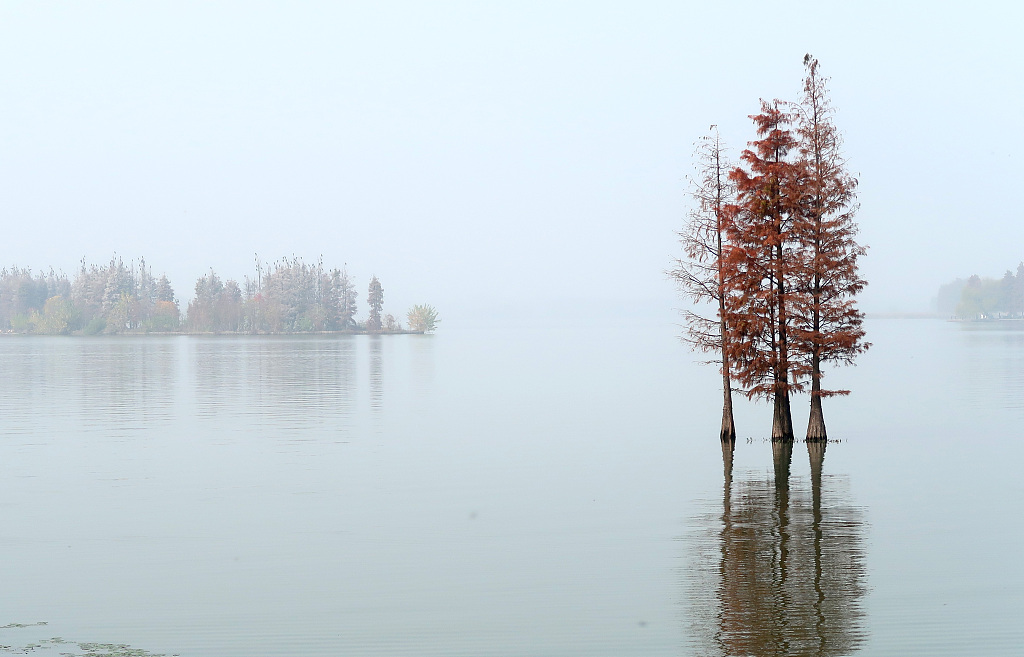 East Lake, located in eastern Wuchang, Wuhan, is the second largest urban lake in China. It features four scenic spots, i.e., the Tingtao (Wave listening), Moshan, Luo Yan (goose falling) and Chuidi (flute-blowing) scenic spots. In 2016, East Lake Greenway, a world-class green way, was opened to public with a total length of 101.98 kilometers, the longest green way encircling a lake in China, which goes through the 5A scenic areas in the city center.
East Lake, located in eastern Wuchang, Wuhan, is the second largest urban lake in China. It features four scenic spots, i.e., the Tingtao (Wave listening), Moshan, Luo Yan (goose falling) and Chuidi (flute-blowing) scenic spots. In 2016, East Lake Greenway, a world-class green way, was opened to public with a total length of 101.98 kilometers, the longest green way encircling a lake in China, which goes through the 5A scenic areas in the city center.
